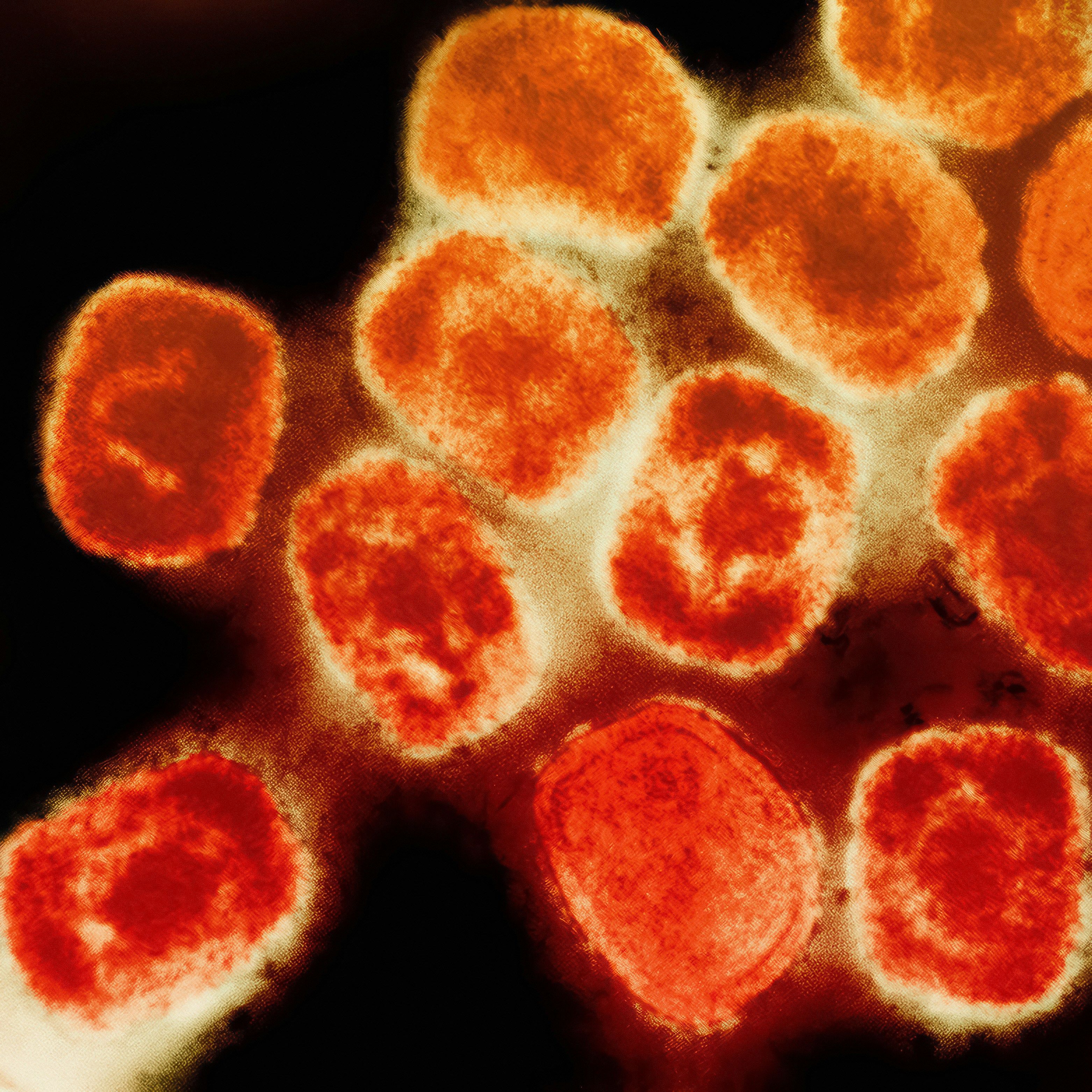DOH confirms 2 new mpox cases in Metro Manila, 1 in Calabarzon
At A Glance
- The total number of mpox cases in the country has now reached 17 since July 2022.
- Nine cases have fully recovered since 2023, while eight remain active and are awaiting treatment outcomes.
- DOH said mpox virus spreads through close, intimate, and skin-to-skin contact.

The Department of Health (DOH) on Sunday, Sept. 1 confirmed three additional mpox cases—two in Metro Manila and one in Calabarzon—with all patients infected by the milder MPXV Clade II strain.
This brings the total number of mpox cases in the country to 17 since July 2022.
Nine cases have fully recovered since 2023, while eight remain active and are awaiting treatment outcomes.
In a statement, DOH reaffirmed that Clade II transmission dynamics remain consistent, saying that the virus spreads through close, intimate, and skin-to-skin contact.
It said that Cases 15 and 16 involved anonymous sexual encounters with multiple partners, while Case 17 involved skin-to-skin sexual contact with someone exhibiting skin symptoms.
Case details
Case 15 is a 29-year-old male from Metro Manila whose symptoms began on Aug. 21.
He developed rashes on his upper lip, arm, and anal area, along with swollen neck lymph nodes, a sore throat, muscle pain, and weakness.
The following day, he experienced a fever. Case 15 chose to stay home and seek teleconsultation, DOH said.
He reported having anonymous sexual encounters before his symptoms started and did not travel in the 21 days prior.
He has had one close contact.
DOH said he remains in home isolation while further details are being verified.
Meanwhile, Case 16 is a 34-year-old male from Metro Manila, whose symptoms started on Aug. 27.
He developed rashes and blisters on his arms, as well as genital and anal areas.
He also experienced cough, fatigue, and swollen lymph nodes in his groin, DOH said.
He did not travel in the 21 days before the onset of symptoms. However, he reported having sexual contact with three partners before becoming symptomatic.
Although initially admitted for treatment, DOH said he has since been discharged and is now completing isolation at home. Contact tracing is currently in progress.
Case 17 is a 29-year-old male from Calabarzon who first experienced a fever on Aug. 19.
Soon after, he developed vesicular rashes on his face, thorax, arms, legs, and soles, along with a headache, muscle pain, and swollen neck lymph nodes.
He did not travel in the 21 days prior to the onset of symptoms, but he reported having close intimate contact with one sexual partner who may have exhibited similar skin symptoms.
DOH said he has two household close contacts.
Health measures
Local government units where Cases 15, 16, and 17 reside have been informed, as these authorities have the power to release additional details and outline their response actions as they deem appropriate, the health department said.
“Better and wider risk communication is working, and so is improved access to consultation and testing. Anyone can get Mpox, but it is crystal clear that the mode of transmission here is close, intimate, and skin-to-skin contact. Prevention is also clear: avoid intimate contact, especially anonymous ones with multiple sexual partners,” said DOH Secretary Teodoro J. Herbosa.
“We continue to be on guard for Mpox Clade Ib. Our health system is active,” he added.
DOH said common symptoms of mpox include skin rash or mucosal lesions, which can last two to four weeks.
These rashes are often accompanied by fever, headache, muscle aches, back pain, low energy, and swollen lymph nodes.
Mpox can affect anyone and is transmitted through close, intimate (including sexual) contact with an infectious person, contaminated materials such as used clothing or utensils, or infected animals. Soap and water can kill the virus.
DOH said the virus can be killed with soap and water, and gloves should be used when handling contaminated materials.
Mpox is confirmed through PCR testing of skin lesion material, with the current turnaround time at the Research Institute for Tropical Medicine being two to three days.
DOH advised dermatologists and other physicians with a high suspicion of mpox to document their patients' names and contact information and refer them to the nearest major hospital.
It added that treatment for mpox primarily involves supportive care.
Patients without other illnesses can usually remain at home until all scabs have fallen off and a new layer of skin has formed, which generally takes two to four weeks.